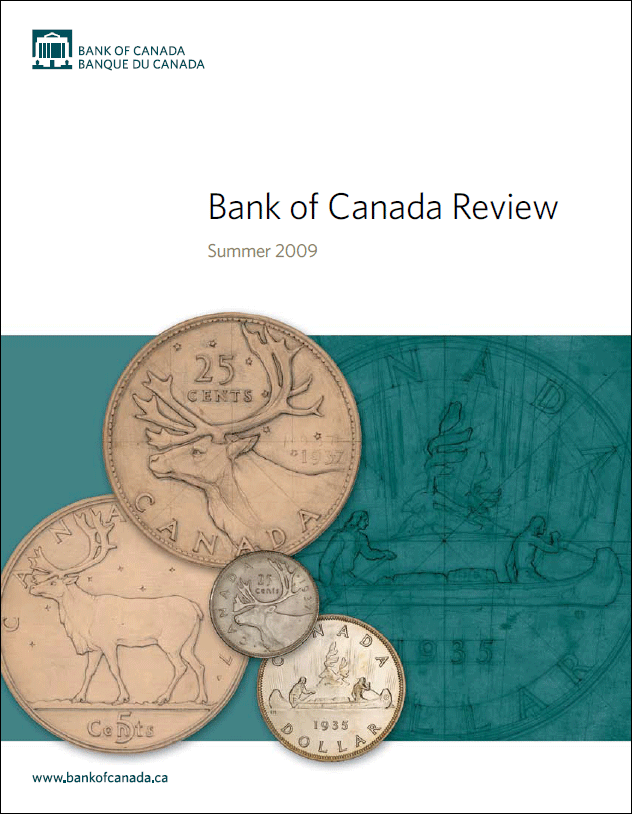Bank of Canada Review - Summer 2009
Available as:
PDF
Examining the incentives for banks to hold various assets on their balance sheets for use as collateral when the opportunity cost of doing so can be high; an outline of the complexity inherent in any modern risk-management system and review of possible strategies to improve the performance of risk management; causes and consequences of the changing pace of labour reallocation in Canada; description of the structure and functioning of BoC-GEM— an adaptation of the Global Economy Model— with examples of its recent application.
